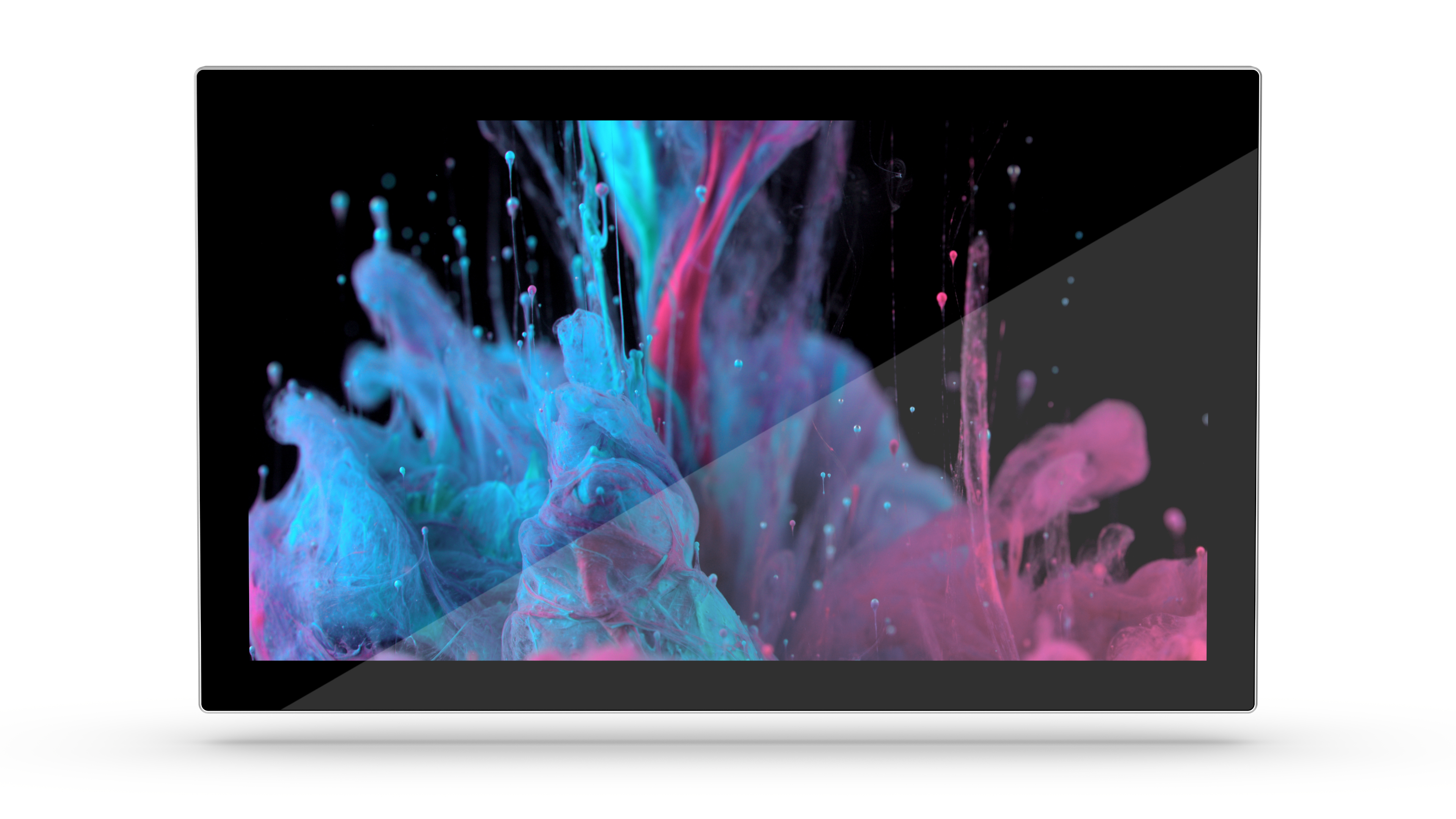PCAP (Projected Capacitive) touch screen monitors detect touch through a layer of conductive material that senses changes in electrical fields. When your finger or a stylus touches the screen, it disrupts the local capacitive field, allowing the system to pinpoint the exact location of the touch. This technology is known for its responsiveness and multi-touch capability, making it ideal for smartphones, tablets, and interactive displays. PCAP screens are durable, offer excellent clarity, and can function through glass or gloves.
ITO resources are decreasing
For many years, the market leader in the field of touchscreen technology has been ITO (= indium tin oxide). It is the material of choice when high transparency meets high surface electrical conductivity. However, resources are gradually being exhausted. In addition, the purchase price is relatively high and it is therefore not possible to equip flexible touch surfaces. One more reason for the search for suitable replacement material, which began a long time ago. This must combine at least the same positive properties of ITO (high transparency and conductivity) with the greatest possible flexibility, but also be suitable for more cost-effective mass production.
ITO Replacement Materials
Alternative materials are, for example, so-called metal mesh films, which consist of thin metal layers that are applied to plastic (e.g. PET) and are already being used for mass production (role-to-role process). They are both sufficiently transparent and equipped with high surface electrical conductivity.
Then there are precious metals such as silver or gold. Which are a good substitute for ITO in terms of conductivity - even surpassing it - but are no better in terms of transparency. There are currently numerous research attempts in this area, especially with regard to transparency.
New research from Switzerland
Scientists from Switzerland (Zurich) are working on a special nanodrip method that will solve this problem in the future. We are curious to see how research in this area will develop.
If you want to learn more about the current research regarding ITO substitute materials, you can take a look at the article in our reference, as well as check our blog regularly.

